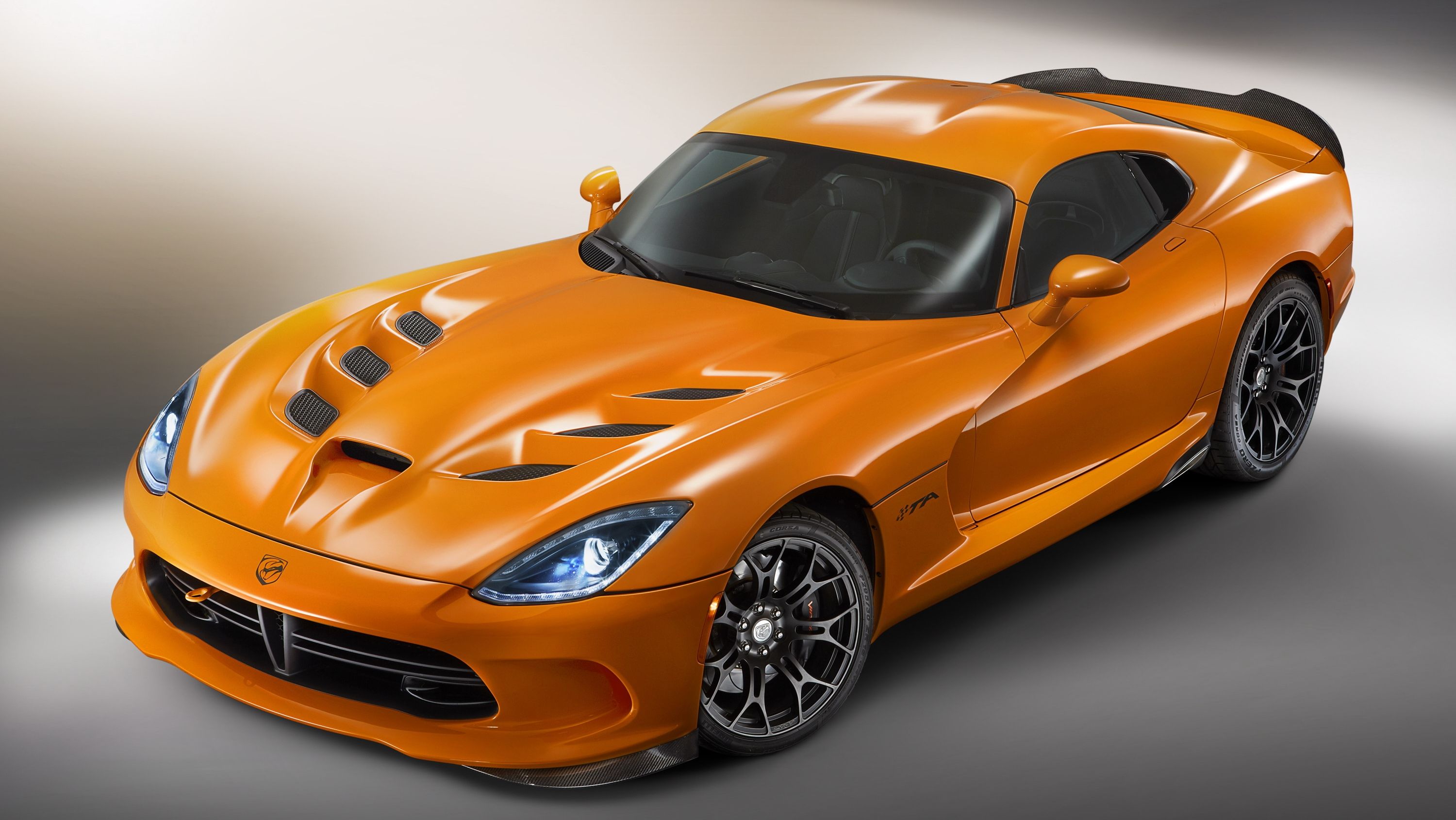After 25 years of redefining the American sports car landscape, the Dodge Viper has about six weeks left to live before Fiat Chrysler Automobiles pulls the plug on the famed sports car. FCA made it official (again) by sending a notice to the state of Detroit, confirming its plans to close down the Conner Avenue Assembly Plant where the last of the Vipers are being built.
While this isn’t exactly breaking news – FCA confirmed the August 31 funeral for the Viper back in February – the automaker’s latest notice does provide a cold dose of reality to the inevitable that a lot of us hoped would never come to pass. The Dodge Viper is set to be killed off and there appears to be no turning back. The good news is that according to FCA spokesman Jodi Tinson, the Viper's production facility has a future part of the company’s plans. The scope of those plans have yet to be announced, but it's reassuring to know the factory will still have some life to it, even if the same can’t be said for the Viper. Oh, well. All good thing must come to an end, it seems. It’s had a good 25-year run, minus the two years it was shelved from 2010 to 2012. Weak sales may have contributed to the sports car’s demise, but its legacy will remain intact long after the final model is sent out of production. It’s been a good ride, Dodge Viper.
Continue after the jump to read the full story.
Is it really the end, though?
Now I’m not the type to start making baseless proclamations, but I have to admit that even I am having a hard time believing the Dodge Viper is really going under for good. Part of it is probably denial, but there’s also a part of me that thinks that FCA itself isn’t done with the Viper just yet. Maybe it’s going to be shelved in the garage for the foreseeable future, only to be dusted off at some point in time?
That’s where my head is at right now. I just think that it’s too iconic to be shelved for good. In some ways, it reminds me of what Toyota is doing now with the Supra nameplate. Once considered one of Toyota’s famous models, the Supra was unceremoniously killed off in 2002 after having been around since 1978. It took another 15 years of the name being kept on the shelves, but it’s coming back with a vengeance once Toyota’s version of the joint sports car development it has with BMW makes its long-awaited debut in 2018.
A big part of me believes that the Viper will have a similar fate. I don’t know when it’s going to be brought back, but at some point in the future, FCA, or whoever ends up owning the rights to the Viper, will consider bringing the nameplate back. It just has too famous of a name and too rich of a tradition to be killed off permanently.
So that’s my theory. I have no inside knowledge or any powers to see the future. But I’m holding out hope that once FCA closes the Conner Avenue Assembly Plant and puts a stop to the Viper’s production on August 31, it’s going to hold the keys for a little while longer. You’ve earned your rest, Dodge Viper. Here’s to hoping we see you again.
Dodge Viper Specifications
|
Type and Description |
10-cylinder, 90-degree V-type, liquid-cooled |
|
Displacement, liter (cu.in.) |
8.4 (512) |
|
Bore x Stroke |
4.055 x 3.96 (103 x 100.6) |
|
Flywheel |
Low-inertia aluminum with steel wear surface |
|
Intake |
Three-piece shell molded, vibration-welded composite for improved flow, reduced weight and improved thermal performance |
|
Valve System |
Overhead valve, variable-valve timing (VVT), 20 valves, roller-type hydraulic lifters |
|
Fuel Injection |
Sequential, multiport, electronic |
|
Construction |
Aluminum-alloy block with cast-iron liners, forged-aluminum pistons, forged-steel crankshaft, aluminum-alloy heads |
|
Compression Ratio |
10.2:1 |
|
Power (SAE net) |
645 HP @ 6,200 RPM |
|
Torque (SAE net) |
600 LB-FT @ 5,000 RPM |
|
Max. Engine Speed |
6,400 rpm (fuel cutoff) |
|
0 to 60 mph |
3.3 seconds |
|
Top Speed |
206 mph |
References
Read our full review on the 2016 Dodge Viper ACR.
Read our full review on the 2015 Dodge Viper.
Read our full review on the 2008 Dodge Viper.
Read out full review on the 2003 Dodge Viper SRT10.

